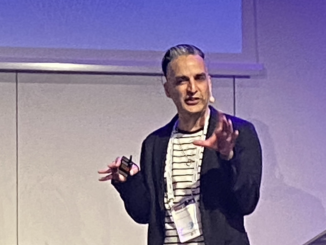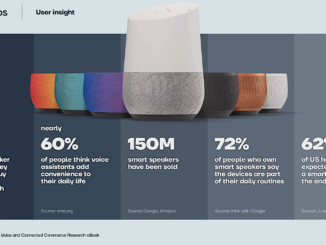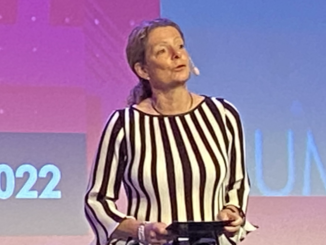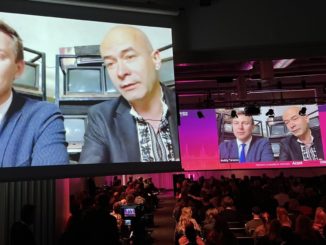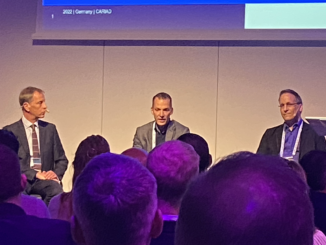
Driving radio into the future, can it still be the star of the car? #RDE22
This morning’s most heavily attended session was all about radio in the car.So why are some car manufacturers downgrading radio in the car and what can the industry do to stop it?The Panel for this session wasMichael Hill-Founder and Managing Director of RadioplayerPhillipp Rabel, Head of Development Entertainment CARIAD, VW GroupDavid Holecek, Director of Digital Experience, Volvo Car GroupWhile all three agree that radio still has a place in the car, they differ somewhat on what that place ultimately is.Radioplayer research of over 6,000 drivers in six countries, recently found that
80% of people planning to buy a car are less likely to buy a car without a radio
89% rank broadcast radio as the most important audio feature in the car
90% believe that broadcast radio should be standard in every car
Car manufacturers are aware of this sentiment among drivers, and are therefore unlikely to remove radio completely from cars, assuring at least its short term survival.But what happens when the driver becomes a passenger in the fully autonomous vehicle.Both vehicle manufacturing representatives urged radio to prepare for this eventuality as, at the moment, this is venturing into the unknown.In the meantime they would both like to see the phasing out of AM radio which has had its own problems with interference in Hybrid and Electric cars causing manufacturers to spend money on shielding car tuners, an expense they would rather do without.From a worldwide aspect, they both agreed that the differing types of broadcasting, DAB+, AM/FM etc, make it difficult, though not impossible, to create a standard worldwide entertainment unit in vehicles.All the panellists agree that radio’s delivery into the car is likely to change in coming years and will probably be more IP orientated, but for the moment radios will mainly continue to get their programs from broadcast antenna.Radio stations are already using platforms like Radioplayer to get metadata into cars using an entertainment unit that can play programs on DAB, FM or streaming off the internet.These systems are now allowing stations to get real-time analytics data back from cars, not just the stream, but the AM/FM DAB and podcast listening habits of drivers.Google have moved into cars supplying an Android Automotive operating system where Google powers the dashboard.Michael Hill says he believes this move by Google is so important that his company has now invested quite a bit of money in building a reference radio for Android Automotive.After the workshop radioinfo’s Wayne Stamm, asked Michael about radio’s future in the car. […]

